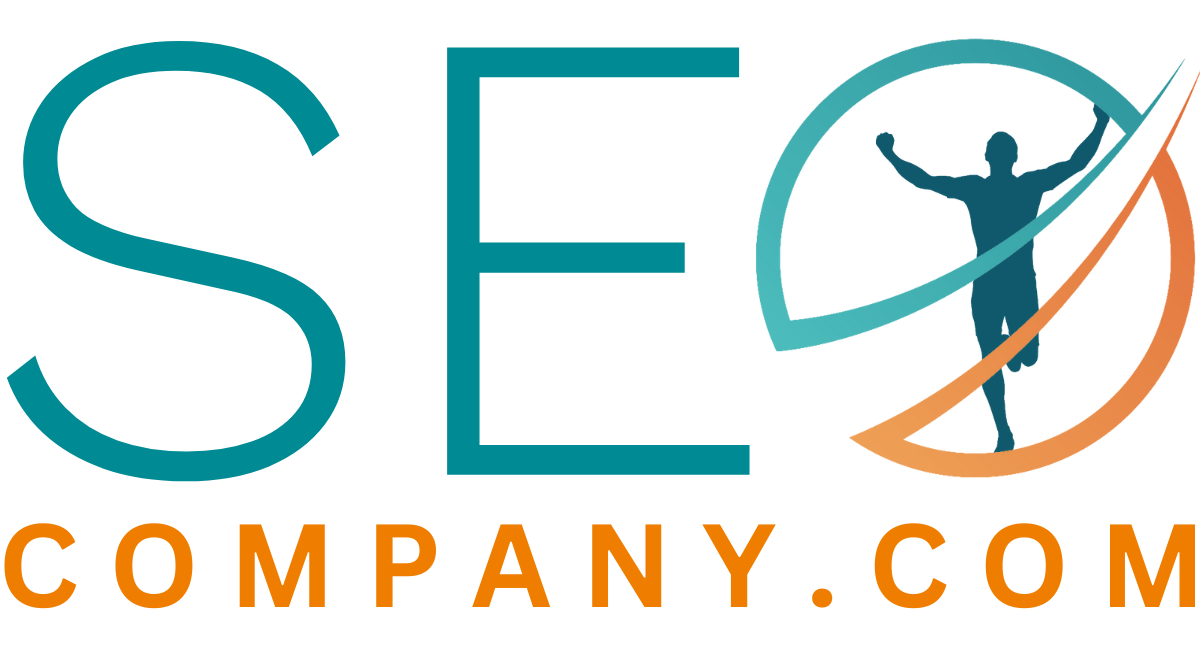What is Click Through Rate (CTR)?
Click-through rate (CTR) is a key metric in digital marketing that measures the number of clicks an ad or a link receives in relation to the number of impressions or views it gets. CTR is usually expressed as a percentage and is calculated by dividing the number of clicks an ad receives by the number of impressions it gets. The higher the CTR, the more effective the ad is at attracting clicks from its target audience.
Importance of CTR in Web Design:
CTR plays a crucial role in web design as it helps businesses to evaluate the effectiveness of their website’s design and content. A well-designed website with a clear call-to-action (CTA) can lead to a higher CTR, indicating that users find the website engaging and informative. A high CTR also means that users are more likely to stay on the website for a longer duration, increasing the chances of conversion.
Importance of CTR in Accessibility and User Experience:
Accessibility and user experience (UX) are crucial elements of digital marketing. CTR helps to evaluate the accessibility and UX of a website by measuring how easy it is for users to navigate through the website and find the information they need. A website that is easy to use and provides users with the information they need is likely to have a higher CTR. Moreover, a high CTR means that users are engaged with the website and are more likely to revisit the website in the future.
Importance of CTR in Search Engine Optimization:
Search engine optimization (SEO) is the process of optimizing a website’s content and design to rank higher in search engine results pages (SERPs). CTR is an important metric in SEO as it helps to evaluate the effectiveness of SEO strategies. A high CTR indicates that users find the website relevant to their search queries and are more likely to engage with it. Moreover, Google considers CTR as a key factor in its ranking algorithm, meaning that websites with a higher CTR are likely to rank higher in SERPs.
Black Hat Techniques and CTR:
Some digital marketers resort to black hat techniques to increase CTR, such as using click farms or click-bots to artificially inflate the number of clicks an ad receives. These techniques violate Google’s guidelines and can result in severe penalties, including the suspension of the account. Therefore, it is crucial to use ethical and legitimate methods to increase CTR, such as improving the website’s design, content, and relevance to the user’s search query.
History and Usage of CTR:
CTR has been a crucial metric in digital marketing since the early days of online advertising. In the early 2000s, Google introduced AdWords, a pay-per-click (PPC) advertising platform that allowed advertisers to bid on keywords to display their ads on Google’s search engine results pages (SERPs). CTR became a key metric in AdWords as it helped advertisers to evaluate the effectiveness of their ads and improve their PPC strategies.
Today, CTR is a standard metric used in various forms of online advertising, including social media advertising, display advertising, and email marketing. CTR is also used to measure the effectiveness of organic search results and website content.
Common Questions Related to CTR:
- What is a good CTR?
A good CTR varies by industry and type of ad. However, a CTR above 2% is generally considered good for display ads, while a CTR above 5% is considered good for search ads. - What factors affect CTR?
Several factors can affect CTR, including ad placement, ad format, ad relevance, website design, website content, and audience targeting. - Can CTR be improved?
Yes, CTR can be improved by optimizing ad placement, ad format, ad relevance, website design, website content, and audience targeting. Additionally, running A/B tests to evaluate the effectiveness of different ad elements can help to improve CTR. - Does a high CTR guarantee conversions?
No, a high CTR does not guarantee conversions. While a high CTR indicates that users are clicking on the ad, it does not necessarily mean that they are converting into customers. Conversion rate, which measures the percentage of users who take a desired action after clicking on an ad, is a more accurate metric for evaluating the effectiveness of an ad campaign. - Is it ethical to use click-bots or click farms to increase CTR?
No, it is not ethical to use click-bots or click farms to increase CTR. These practices violate Google’s guidelines and can result in severe penalties, including the suspension of the account. It is crucial to use ethical and legitimate methods to increase CTR, such as improving the website’s design, content, and relevance to the user’s search query.
Conclusion:
Click-through rate (CTR) is a critical metric in digital marketing that measures the number of clicks an ad or a link receives in relation to the number of impressions or views it gets. CTR is essential for evaluating the effectiveness of online advertising campaigns and optimizing website design and content. CTR has a close relationship with web design, accessibility and user experience, and search engine optimization. It is important to use ethical and legitimate methods to increase CTR and avoid black hat techniques that violate Google’s guidelines.
